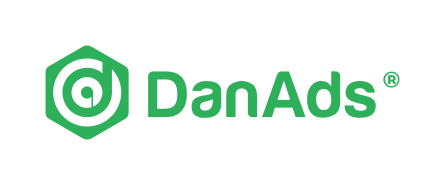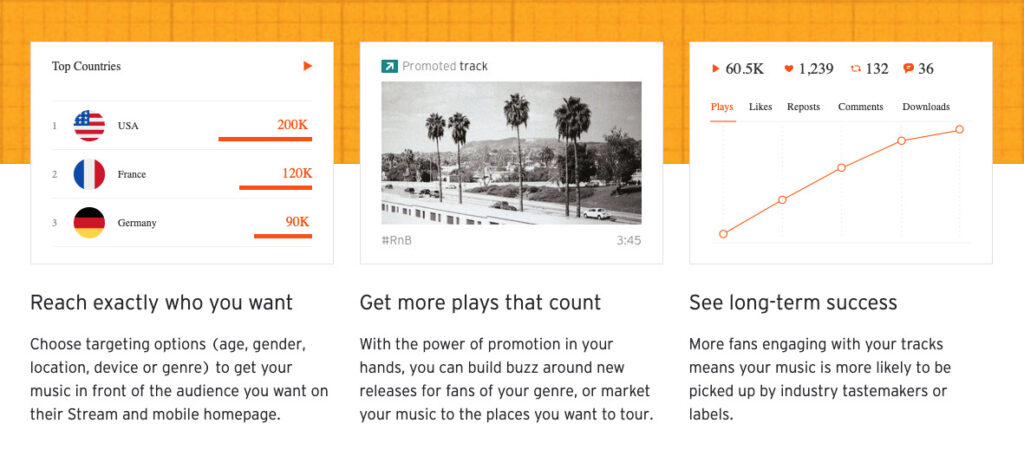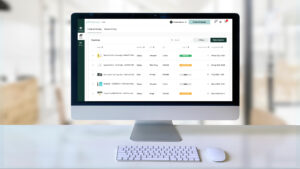As a consumer, one of the single most frustrating elements of advertising is that it inevitably disrupts whatever it is we’re doing. Whether that’s watching a movie, listening to the radio, or playing a mobile game, it seems there’s always an ad ready to interrupt us and break the flow. Of course, this is the price we pay for consuming free content: with the death of newspaper subscriptions and other physical forms of media, advertising has become the mechanism that allows us to read, play, listen and watch for free. But does it need to be so annoying?
Not necessarily. Some publishers and media providers have cottoned on to how frustrating interruptive advertising is, and the negative impact it has on user experience – and subsequently, the bottom line. Publishers of all kinds are constantly fine-tuning the balance of how many ads they can serve. The more ads, the more revenue they generate – but serve too many and consumers will drop out and go elsewhere for their content fix.
Medium is the message
One solution is to rethink the type of ads publishers serve. The old school of thought favours aggressive advertising that grabs our attention, but sometimes subtlety is the better strategy. In fact, everyday we are served adverts that we likely don’t even recognise as promotional material, and find far less disruptive to our day-to-day activities.
As an example, consider your music streaming service of choice. Two of the biggest platforms are Spotify and SoundCloud. Both make use of the freemium business model: offering a free, ad-supported package or a paid, ad-free subscription for approximately $10 a month. A few years ago, Spotify was famous for how disruptive and annoying its advertising was – see this skit by comedian Gus Johnson – but has since developed a more intelligent approach.
Experience is everything
Both Spotify and SoundCloud have embraced the power of seamless, non-disruptive, integrated advertising. That’s a lot of buzzwords, but it boils down to this: adverts that enhance the user experience rather than interrupt it. SoundCloud Promote is an advertising platform that the aforementioned uses to sell platform-localised promotions to artists. Premium users can promote their tracks to target audiences on the platform so that they appear on the listener’s feed as recommended songs.
Why does this work? Because it’s up to the listener to decide if they want to listen to the song or not – and perhaps counterintuitively, this more laissez-faire approach results in much higher engagement rates than traditional interruptive ads. Spotify does something similar: they offer a plethora of campaigning options for artists that are so seamlessly integrated into the user experience that listeners may not even recognise the campaigns as paid advertising: from personalized playlists to new music recommendations.
Of course both platforms still offer the traditional interruptive adverts as well, but seamless ads are quickly gaining traction. They also offer one clear advantage over interruptive ads: they’re subtle enough that Spotify and SoundCloud can serve them even to listeners with a paid subscription. To quote SoundCloud: “Promoted tracks will still appear, even with a SoundCloud Go (paid) subscription. Because you have the choice to play it or not, it’s our position that a promoted track doesn’t disrupt your listening experience and is therefore not an interruptive ad. An interruptive ad is any ad that disrupts your experience of SoundCloud–for example, an audio ad that disrupts your listening experience or a display ad that interrupts your visual experience of the SoundCloud app. SoundCloud Go removes these types of ads from your experience. “
Help, don’t hinder
Music streaming sites are far from the only publishers to recognise the potential of integrated non-disruptive advertising. Another great example is Pinterest, which seamlessly blends organic and sponsored content in the user’s feed. Users are able to browse Pinterest boards made up of curated posts from other users on a particular topic of interest. Relevant ads are integrated into the boards in the same content format. For example, a user might search for ideas on hosting a halloween party. A Pinterest board with thematic ideas is delivered – and sponsored content promoting halloween products on behalf of a brand are included. Ads are served in a way that enhances the user experience rather than detracts from it. Another publisher combining relevant ads with the user experience is Tripadvisor, the world’s largest travel advice site. Because they have unparalleled knowledge about user intention, they are able to serve hyper-relevant adverts. One of the most important aspects of seamless advertising is that the ads served are contextually harmonious. That way, the viewer perceives the advert as informative, rather than interruptive.
Who can benefit from integrated advertising? Well, everyone: publisher, advertiser, and consumer. The publisher can find new and better ways to both improve their user experience (driving increased traffic, clicks, views, etc) and monetise their audience. Advertisers have better ways to connect with their target audience and build trust and engagement. Consumers are able to enjoy their media experience with a reduced load of irrelevant content and irritating interruptions. It’s a win-win-win.
Self-serve solutions
So how can publishers start selling these more effective ad formats? Having the right toolkit is essential. Of the examples named – Spotify, SoundCloud, and Pinterest – each uses a branded self-serve advertising tool. In other words, a brand-owned digital marketplace where advertisers can place campaigns directly on the platform. This is in contrast to the other main forms of advertising: direct sales (typically reserved for massive companies with ad budgets in the tens of thousands of dollars) and programmatic (selling and buying ads via a third-party algorithmic provider). Self-serve beats direct sales by having much faster turnaround times and fewer manual processes, and beats programmatic by offering significantly more transparency and higher ROI for advertisers.







